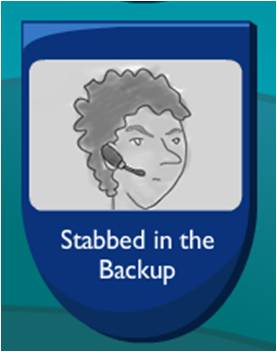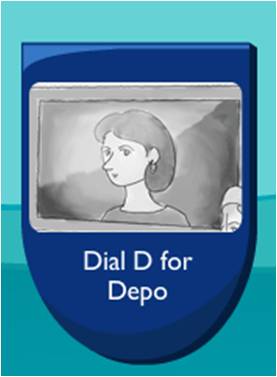By Sandy VanderPol, RMR, CRR
Do not be overcome by the fear factor of troubleshooting your realtime connections. The good news is with the various options now available to output your realtime, the vendors updating their receive software, and the resources now available to each of you to troubleshoot, it’s ALMOST a breeze to have 100% connection success.
For those of you who have decided against providing realtime to your clients because of the added pressure of troubleshooting, fear no more! No sweat!
Over the past few years, and certainly over the last year, realtime vendors have created an environment that provides success in realtime connections. With the various options available to output your realtime, you get to make the choice – cables, Bluetooth, WiFi Remote (WAN), WiFi Local (LAN).
More good news! Realtime receive vendors now make it easy to detect which COM port your realtime is feeding through to your client. The Windows Device Manager, a necessity to know and understand thoroughly, is now replaced with smart software. Now, that doesn’t mean you don’t need to know how to maneuver your way through Windows and get to the Device Manager – it means less often will you need to troubleshoot the COM port settings. The news of this update should alleviate most everyone’s fear of providing realtime. Right?
There are now resources available to everyone to access the information needed to be confident in connecting a client to realtime 100% of the time. One such resource is the “Realtime Troubleshooting Pocket Guide, Version 2,” which has step-by-step directions to successfully hook up to any receive software, whether you are using the Windows XP, 7 or 8 Operating System.
If you are still sweating it, there’s another VERY valuable resource available to educate yourself on troubleshooting realtime – the Realtime Systems Administrators Workshop and Exam. The workshop delves into the troubleshooting basics of cable-to-WiFi connections and realtime setups. The workshop takes place at NCRA’s TechCon and Annual Convention. Make the personal commitment – sign up now!
Tip: Be confident in your realtime troubleshooting skills. Take advantage of the many resources and opportunities available to reach your potential, and become the most important person in the courtroom or deposition – a proficient realtime reporter who has the education and resources to connect 100% of the time!

 ce software enables court reporters the ability to
ce software enables court reporters the ability to 
 The
The